The Black Heritage Employee Resource Group reflects a broader spectrum of caregivers
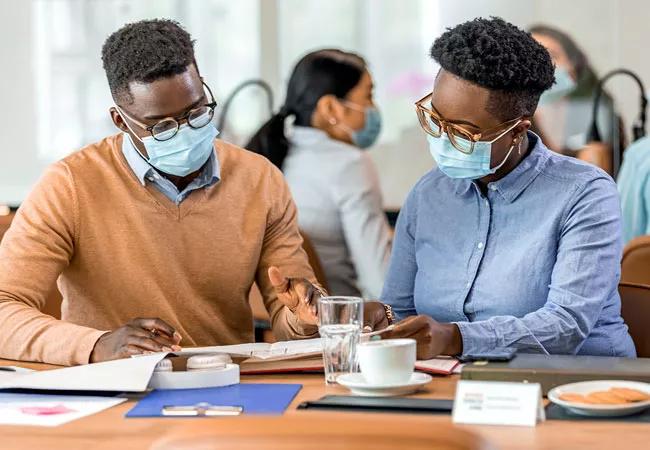
At the beginning of 2022, the African American Employee Resource Group (AAERG) at Cleveland Clinic changed its name to the Black Heritage Employee Resource Group (BHERG).
Cleveland Clinic is a non-profit academic medical center. Advertising on our site helps support our mission. We do not endorse non-Cleveland Clinic products or services. Policy
“It was an unspoken understanding that if you were a person of color, then the African American Employee Resource Group represented you. But we really wanted to make sure our name reflected the Black caregiver at Cleveland Clinic in totality, no matter what their background,” says Louie Hendon, Administrative Director of Cleveland Clinic Neurological Institute’s Sleep Clinic and co-chair of the BHERG.
The new name better reflects the full array of Black caregivers at the healthcare system, who may identify as African, Afro-Caribbean, Afro-Latino and many other races and ethnicities.
Discussions about rebranding the employee resource group began in the summer of 2020 amid social unrest following the death of George Floyd. For more than a year, the ERG’s 20-member steering committee considered several new names before landing on the Black Heritage Employee Resource Group.
The mission of the BHERG remains the same: It provides a network that supports the professional development of Black caregivers at all levels and works with management to advance the inclusion, retention and career mobility of Black individuals. The BHERG is one of several employee resource groups at Cleveland Clinic committed to serving a diverse cross section of caregivers, patients and the community at large. They are sponsored by and collaborate with Cleveland Clinic’s Office of Diversity, Equity and Inclusion.
“The Office of Diversity, Equity and Inclusion provides the strategic direction for the initiatives of our employee resource groups and location-based diversity councils,” says Diana Gueits-Rivera, Interim Executive Director of Diversity, Equity and Inclusion. “Members of our ERGs and diversity councils serve as ambassadors and change agents who help us drive inclusion, equity and diversity efforts across the organization.”
The BHERG offers numerous programs and events to achieve its mission, including:
“We don’t want our Black colleagues to feel stuck. We want to ensure they are moving up the career ladder and reaching their full potential,” says Cinnamon Dixon, Director of Strategic Workforce Planning at Cleveland Clinic and co-chair of the BHERG. “Mobility is possible, and the BHERG wants to foster that.”
“Black leaders tend to be at the entry level of leadership roles, so this program helps to increase mobility,” says Dixon. “In addition, leadership can be a lonely experience. You may not see a lot of leaders who look like you. In COMMIT, not only do you see leaders who look like you, but there is also a familiarity and a level of relatability in terms of our experiences.”
“Mentoring is a big part of our responsibility as an ERG,” says Hendon. “We need to mentor one another, as well as others throughout the enterprise who might feel stuck or unsure where to go for guidance and support.”
These programs have had a measurable impact on Black caregivers. Since 2019, 247 caregivers have participated in the Caregiver Development Workshop Series and the COMMIT Program. As of April 2021, 26% of participants were promoted within Cleveland Clinic.
“That’s a big deal for us,” says Dixon. “We want to make sure our activities are helping to both retain and move people forward.”
The BHERG will offer several events in celebration of Black History Month, including two lunch-and-learn programs – one on emotional health and another on financial literacy – and a panel discussion with Black leaders at Cleveland Clinic.
In addition to developing programs, members of the BHERG also serve as a resource for the healthcare organization and its leaders. For instance, when Cleveland Clinic joined OneTen, a coalition to train, hire and promote one million Black Americans over the next decade, leaders approached the ERG for input and to help develop apprenticeships.
“When there are opportunities for us to share our experiences and our perspective – and for others to really understand the Black voice – that builds community as a whole,” says Hendon.
Dixon and Hendon offer advice to healthcare leaders on how to foster inclusiveness and build community:

Community outreach strengthens Cleveland Clinic’s commitment to patient-centered care, building a representative workforce
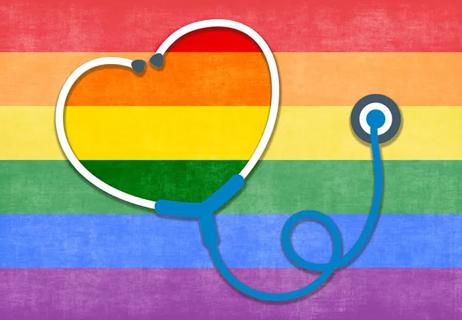
How to promote equitable and inclusive care
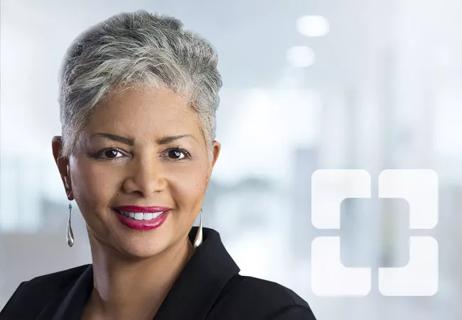
Learning the culture and listening come first
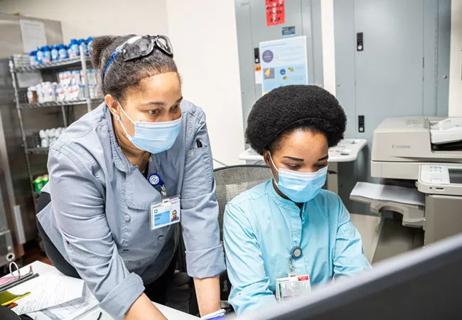
Re-imagine hiring and growth models
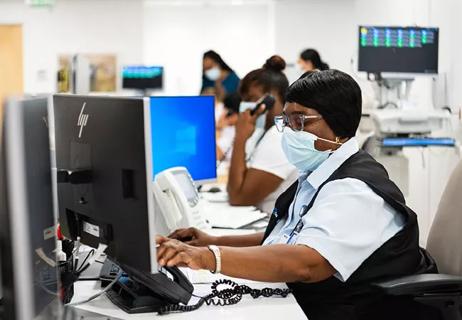
Cleveland Clinic awarded for its efforts
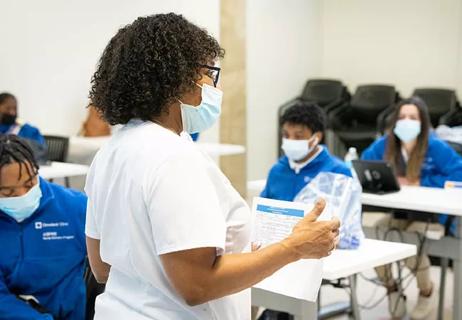
Programs and partnerships focus on community, diverse hiring
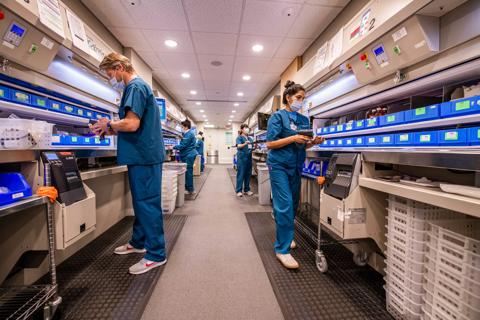
Flexibility, support and foundational skills are key

How technology is changing how and whom we hire